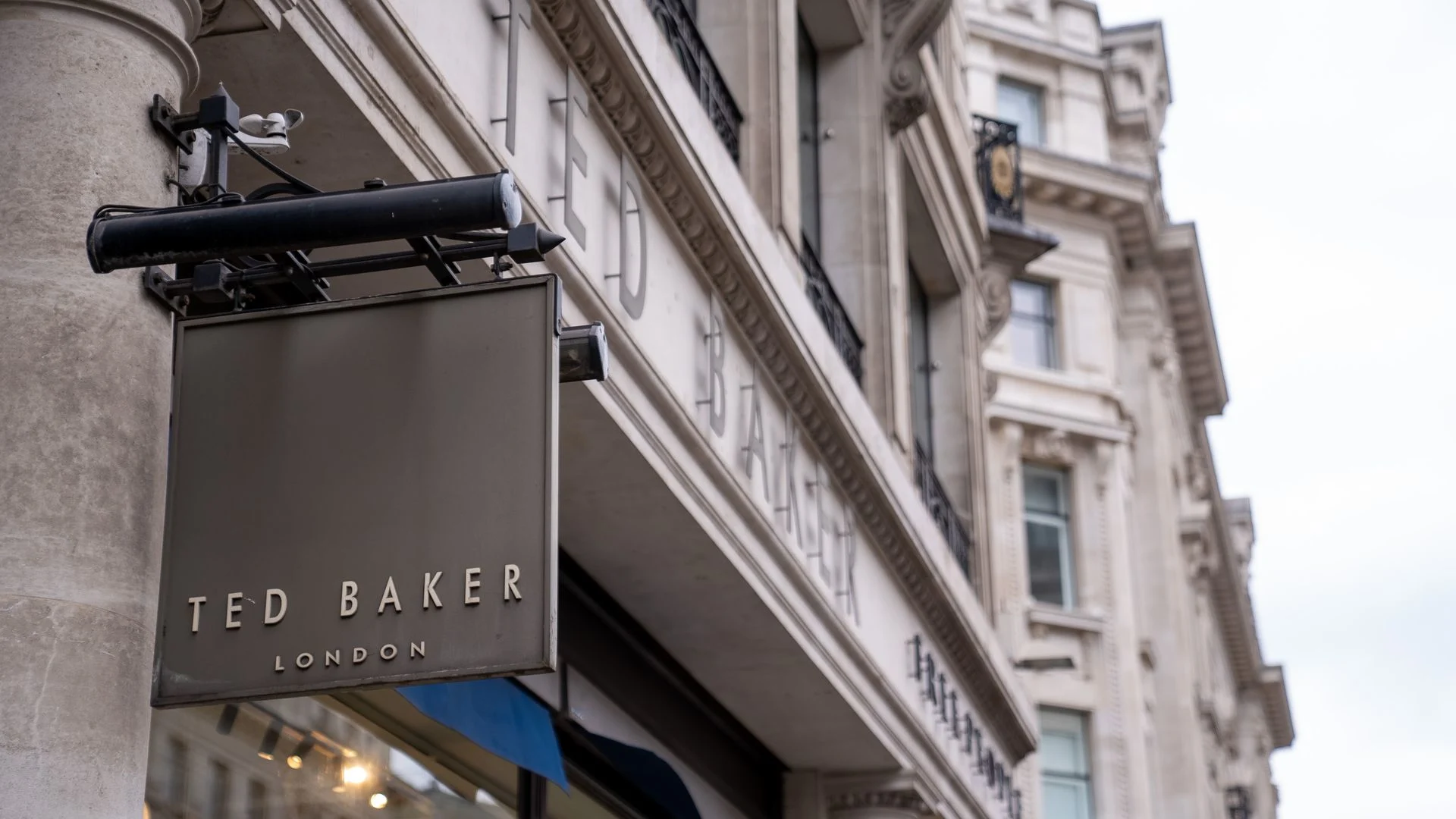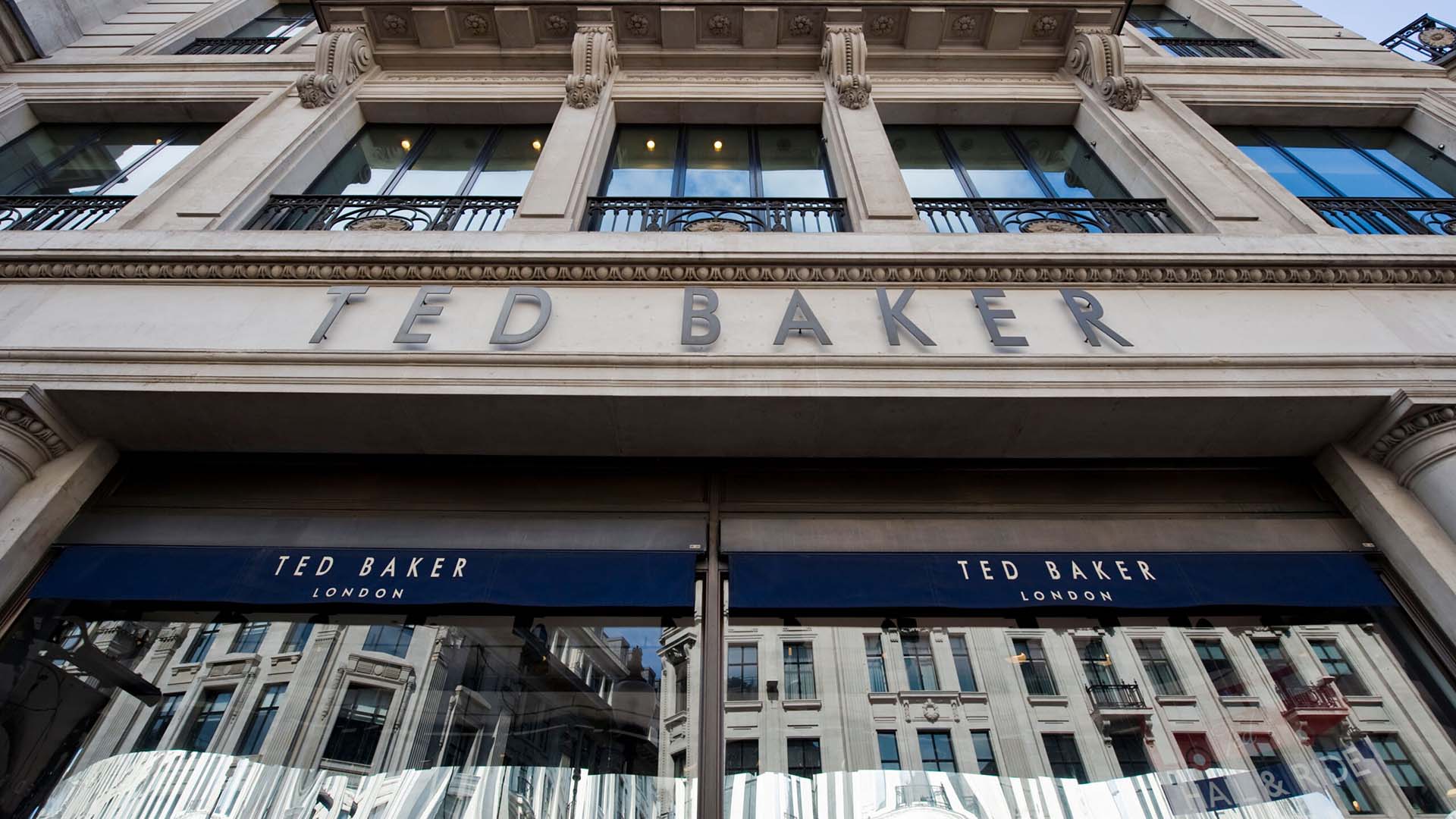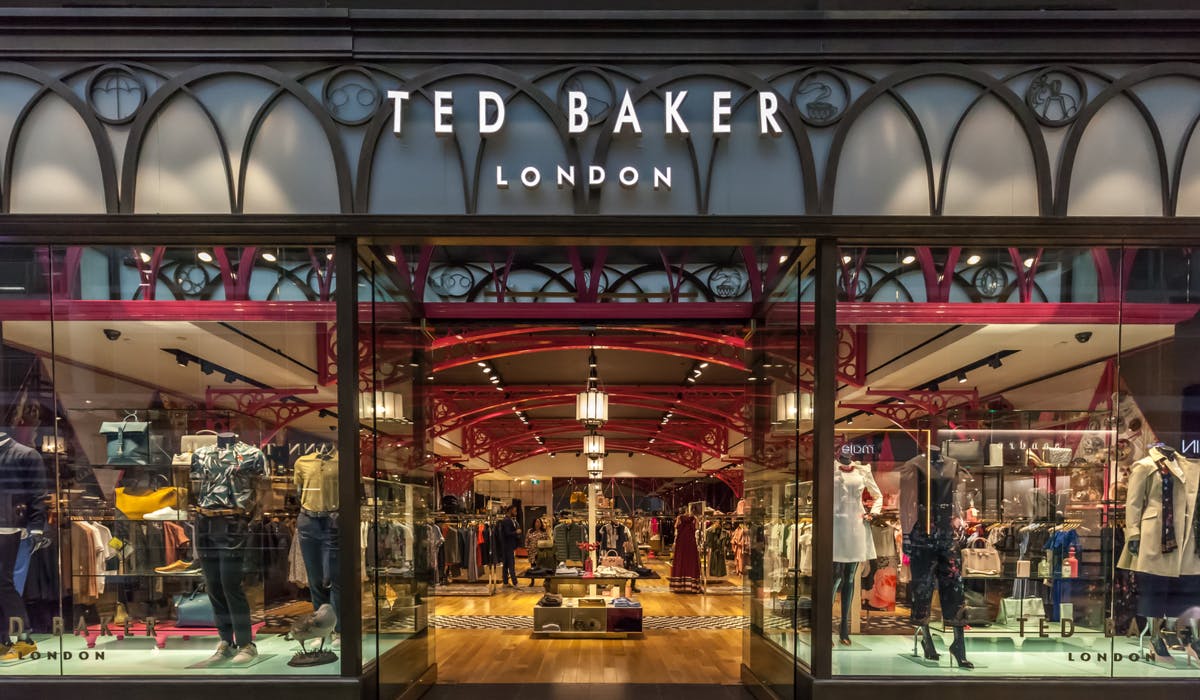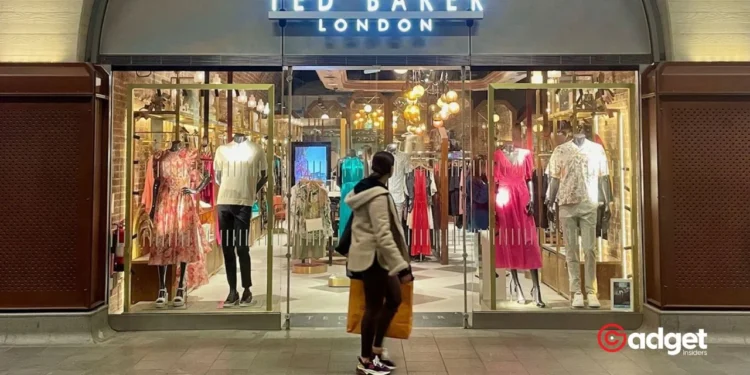The landscape of American retail has undergone a seismic shift in recent years, marked by the closure of hundreds of stores like Ted Baker and the liquidation of long-established brands. This tumultuous environment reflects the challenges of maintaining brick-and-mortar operations in an era where consumer preferences lean increasingly toward online shopping.

The Fall of a Fashion Titan: Ted Baker’s North American Retreat
Among the most notable casualties is the luxury apparel chain Ted Baker. Known for its chic, British-inspired fashion, Ted Baker has succumbed to the pressures plaguing the retail sector.
On April 24, 2024, Ted Baker Canada filed for protection under Canada’s Companies Creditors Arrangement Act (CCAA) in the Ontario Superior Court of Justice and simultaneously sought Chapter 15 bankruptcy in the U.S. to manage its cross-border insolvency issues.

The decision affects all 56 of Ted Baker’s stores across North America, including 31 in the U.S., nine in Canada, eight Brooks Brothers Canada shops, and seven Lucky Brand Canada stores. This move comes as a strategic attempt to reorganize and mitigate creditor actions while the company navigates through its financial turmoil.
Court Approvals and Liquidation Sales
The liquidation proceedings were swiftly approved by courts in both countries. The Canadian court approved on May 3, 2024, followed by the U.S. court on May 8, 2024.
As part of the liquidation process, Ted Baker announced significant discounts across its various outlets. Shoppers can expect up to 30% off original prices on high-end men’s and women’s apparel and accessories in the U.S.
and Canadian stores. Similar discounts are being offered at Brooks Brothers and Lucky Brand outlets in Canada, though these promotions are notably absent from the brands’ e-commerce platforms.
Luxury apparel chain shuts U.S. stores in Chapter 15 bankruptcy https://t.co/dOsiqzaAsc
— TheStreet (@TheStreet) May 14, 2024
Financial Struggles and Funding Efforts
The financial decline of Ted Baker’s North American operations has been stark. Over the last year, the company has underperformed against its budgets and revenue forecasts, leading to a significant financial shortfall.
Court documents reveal a distressing picture: $145 million in sales and $5.3 million in EBITDA against a backdrop of a $11.3 million net loss for the 11 months ending December 31, 2023.

In a bid to stabilize its operations, Ted Baker secured debtor-in-possession financing from its senior lender, CIBC. This includes up to $7 million in interim financing and an additional $28 million under a revolving credit facility.
These funds are crucial for Ted Baker as it seeks to monetize its assets and potentially navigate a strategic wind-down.
The Bigger Picture in Retail Bankruptcy
Ted Baker’s downfall is symptomatic of broader trends impacting the retail industry. Other retailers like Rue 21 and Express have also entered bankruptcy, signaling a shift in how consumers engage with brands.
The ongoing challenges from the COVID-19 pandemic, inflation, and changing shopping habits continue to reshape the retail landscape, forcing even well-established brands to reevaluate their business models.
As these storied brands navigate through bankruptcy and liquidation, the retail sector remains a clear indicator of the evolving economic environment and consumer preferences, suggesting that the future of shopping will increasingly skew towards digital platforms and away from traditional brick-and-mortar stores.










